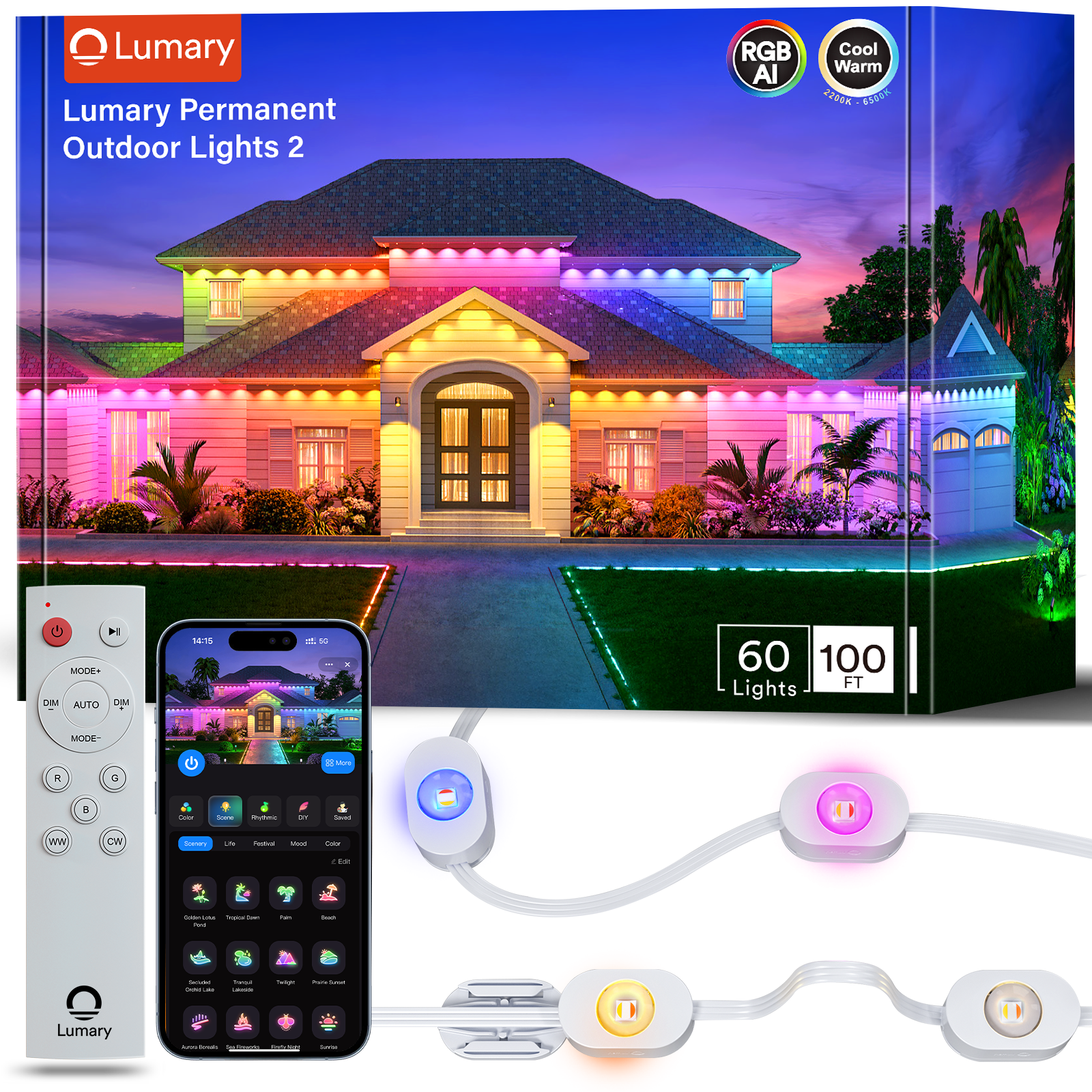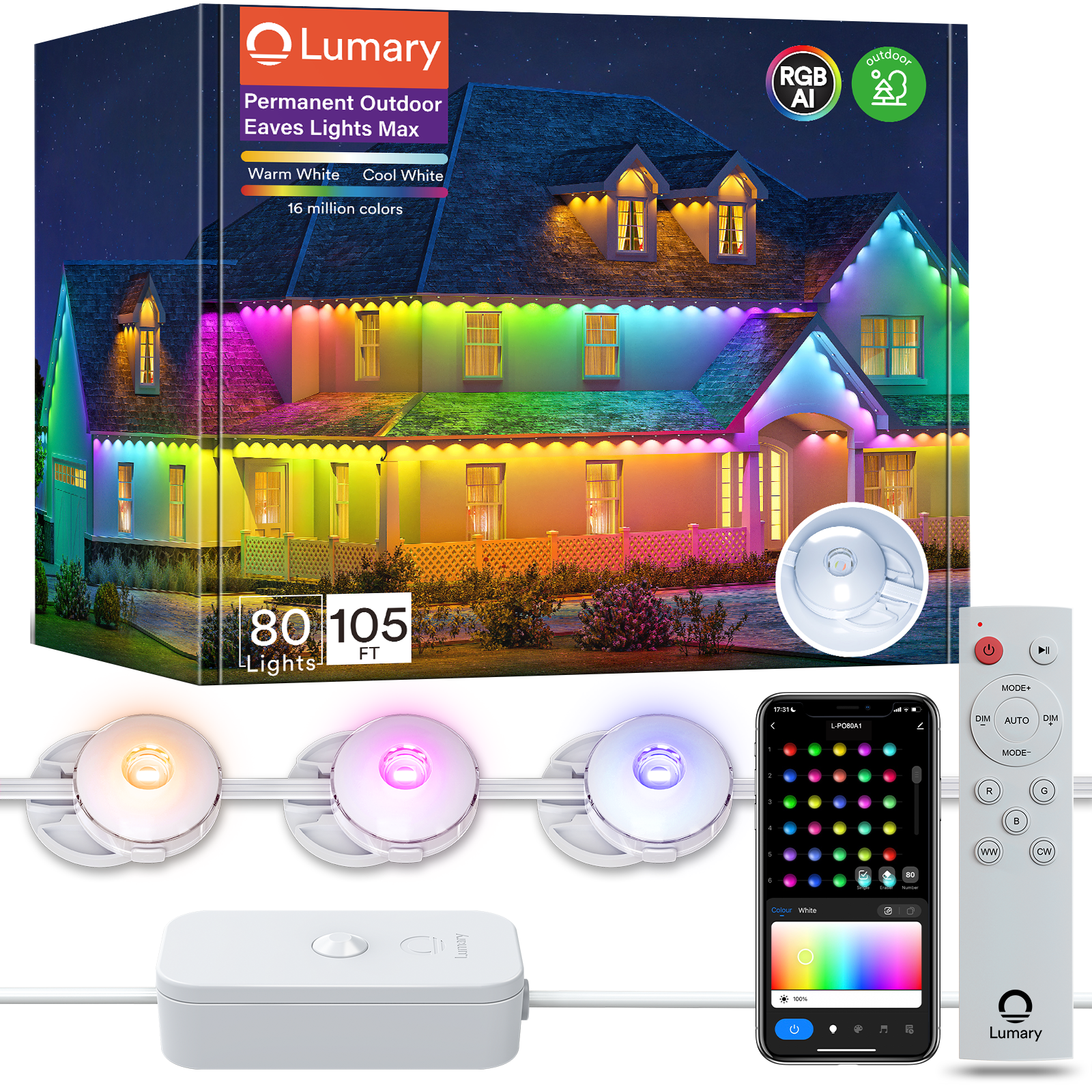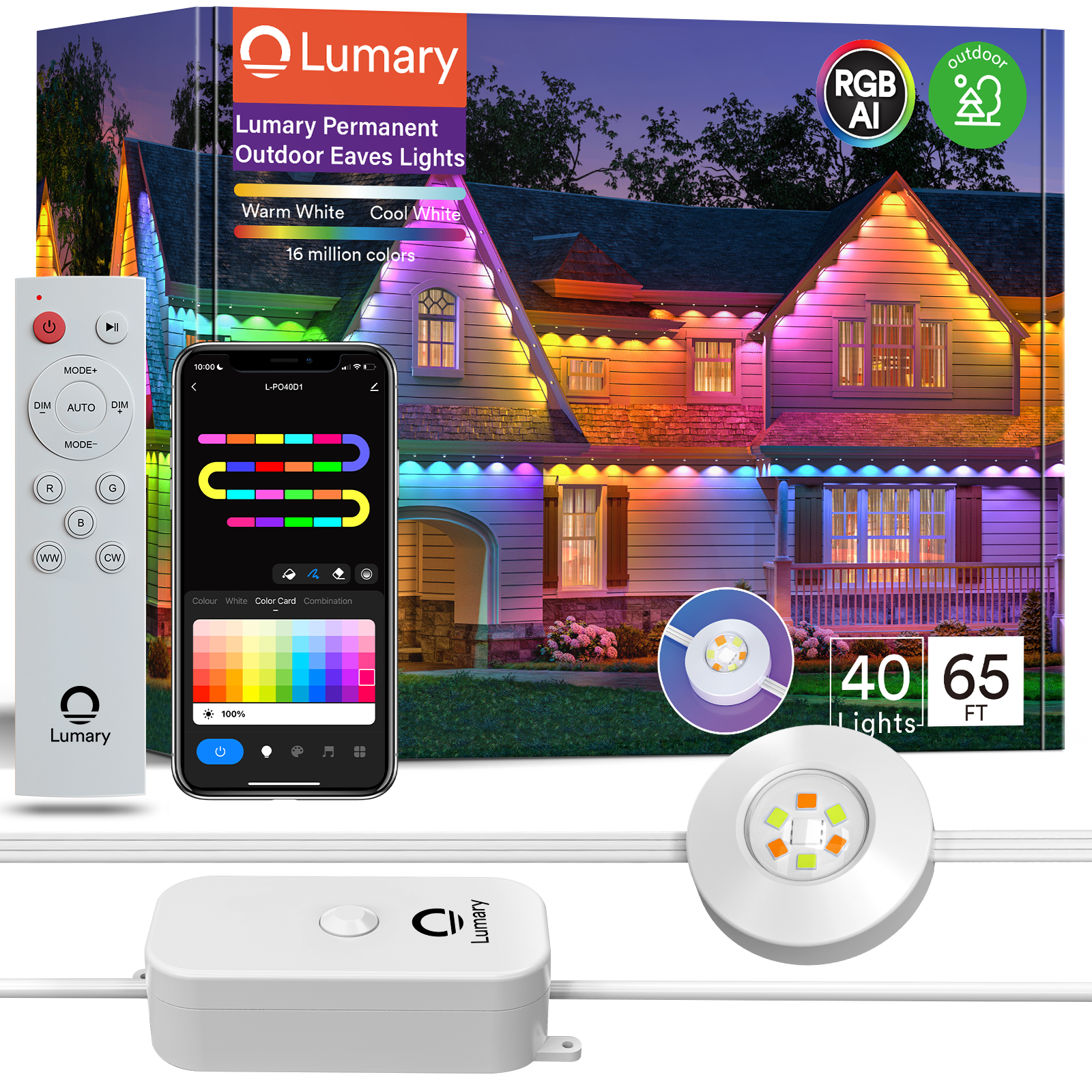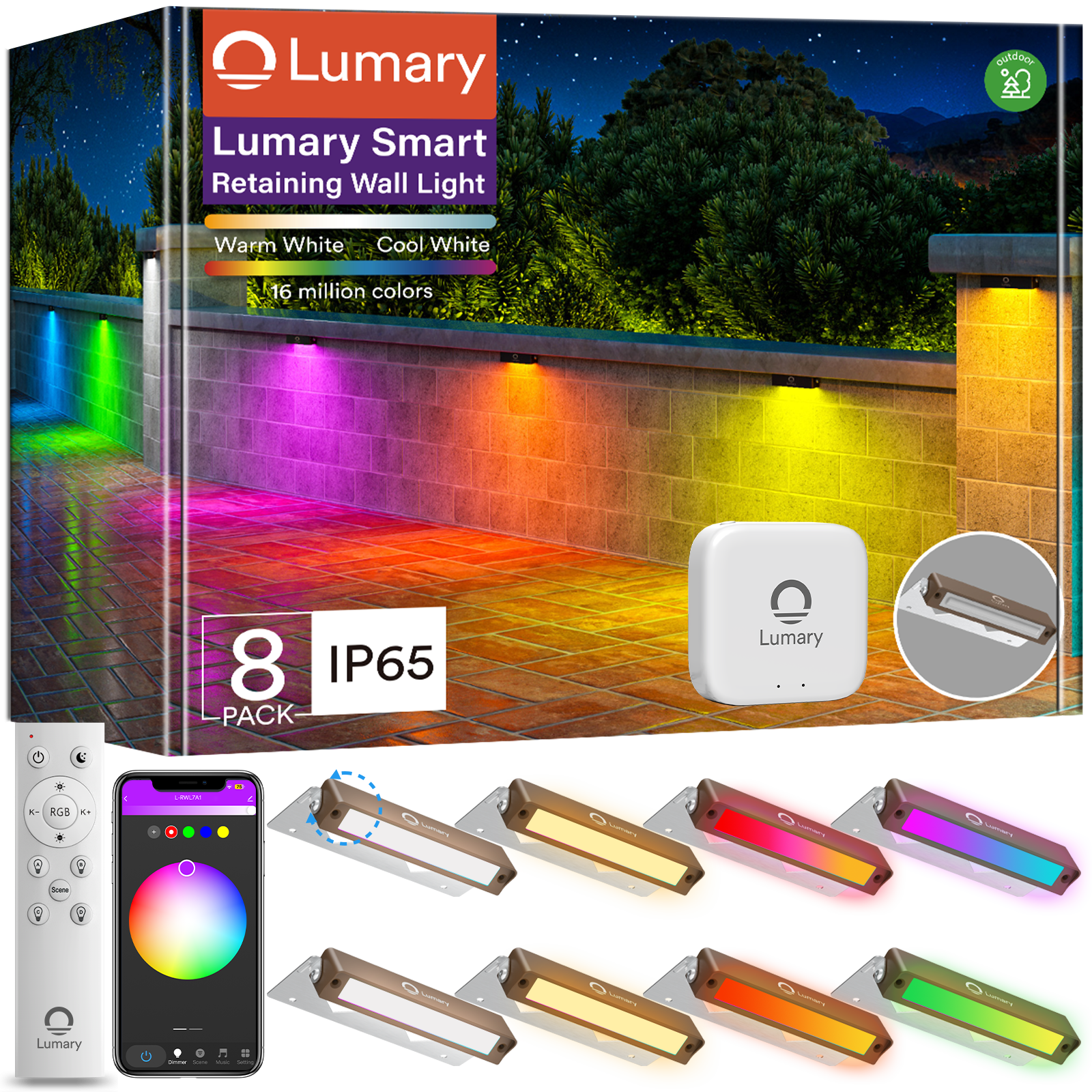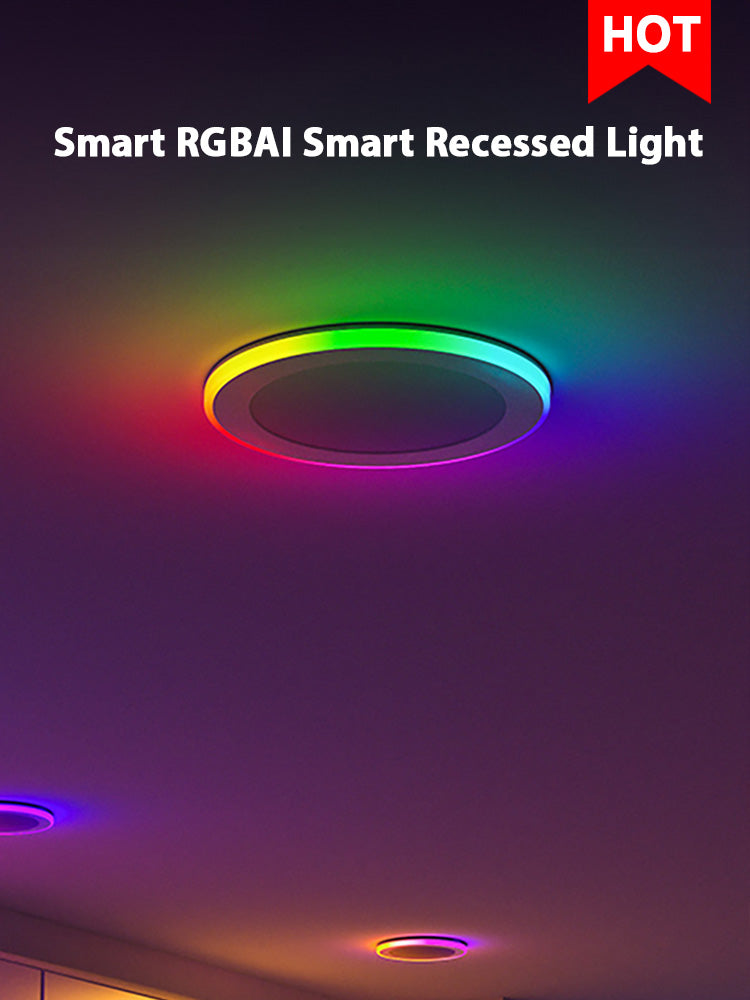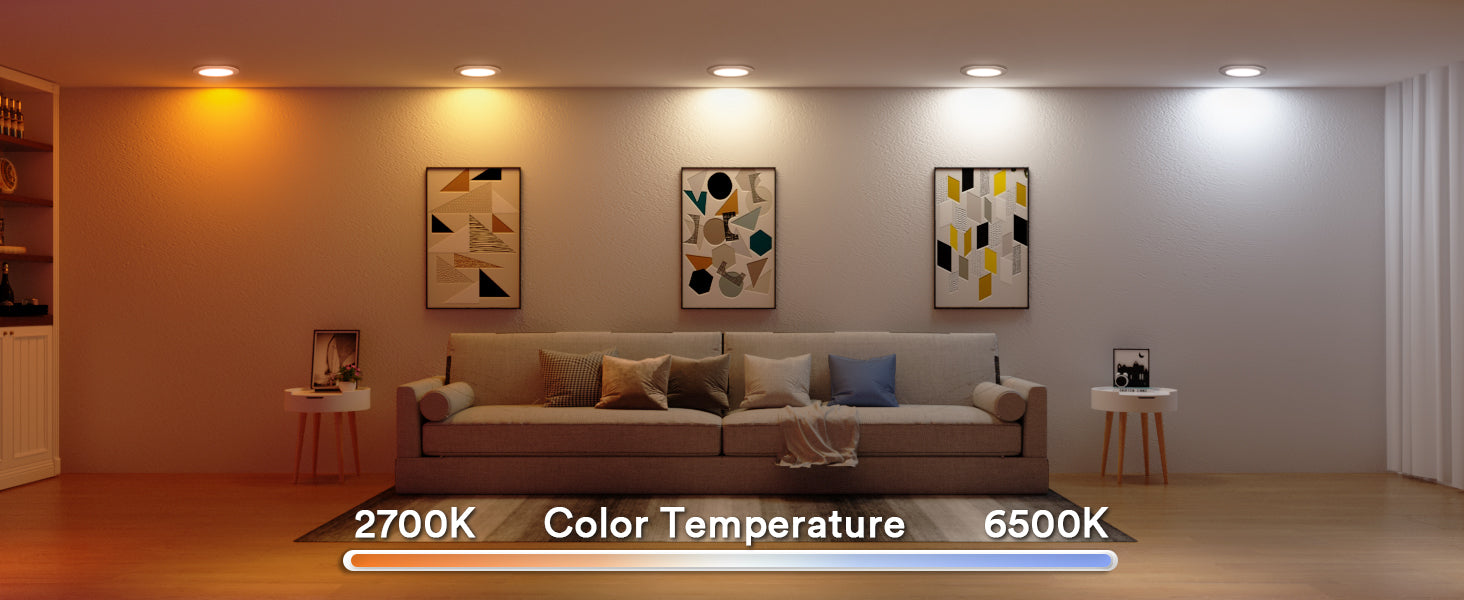Outdoor lighting serves important functions like providing security, accentuating architectural details, and creating ambiance. But one factor that can make or break your outdoor lighting design is color temperature.
The right color temperature ensures your outdoor spaces look vibrant after dusk. On the other hand, the wrong temperature can leave your home's exterior looking drab or harshly lit.

So, how do you pick the ideal color temperature for various outdoor lighting needs? This guide will illuminate what color temperature is and how to select the best option for your exterior lighting projects.
Demystifying Color Temperature for Outdoor Lighting
Before discussing specific color temperatures, it's essential to understand what this term means.
Color temperature, measured in Kelvin (K), plays a pivotal role in shaping mood and atmosphere of a space, with lower temperatures like 2700K emitting warm, cozy lighting reminiscent of autumn evenings, and higher ones like 5000K creating cool, energizing light that resembles a bright beach day.
When lighting manufacturers describe a bulb as 'warm white' or 'cool white,' they are referring to color temperature. Most people perceive light with temperatures below 3300K as warm and light above 3500K as cool.

But why does color temperature matter for outdoor lighting? The short answer is that it impacts aesthetics and practical factors like safety. Read on to learn how to harness the power of color temperature for your exterior lighting needs.
Outdoor Lighting Color Temperature Options
Here are the most common color temperature ranges and their characteristics:
Warm White (2700K – 3000K)
This range gives off a warm, inviting glow that's perfect for creating ambiance. The yellowish light looks great reflecting off stone and brick. Warm white is ideal for accenting architectural details and landscaping. Use it for porches, patios, gazebos, and low garden lights.

Soft White (3000K – 3500K)
A little cooler than warm white, this temperature adds some brightness while still being relaxing. It makes greens and colored surfaces pop. Soft white works well for lighting paths and steps since it improves visibility a bit more than warm white.
Neutral White (3500K – 4100K)
This range provides a crisp, bright light that shows the true colors of stuff. It's a natural choice for lighting up house numbers, outdoor signs, and flags. Bright white balances good visibility with an attractive ambiance.
Cool White (4100K – 4500K)
With a harsh, clinical look, cool white has a high blue content. It creates a glow like daylight. Exceptional lighting offers sharp visibility for precise tasks like cooking or crafting and modernizes your space to feel more open and tidy, but its high intensity can disrupt relaxation and prolonged exposure before sleep might interfere with restful slumber.
Daylight (5000K – 6500K)
Daylight temperatures make an icy blue, high-contrast glow, mimicking natural daylight. It allows maximum visibility and is popular for security lighting but can feel uninviting. Stick to spotlighting important features unless you want a daytime vibe after dark.
As seen above, color temperature dramatically impacts the personality of outdoor lighting. Understanding the subtleties of lighting temperatures not only allows you to customize your backyard for dynamic gatherings or peaceful solitude, but also significantly influences your space's ambience to reflect your outdoor lifestyle, with color temperature shaping your lighting's character alongside other determining factors.
How to Choose the Right Color Temperature for Your Goals
Your intended application will guide you in fine-tuning the color temperature. Here are some typical outdoor lighting goals and the recommended Kelvin range:
- Soft, inviting ambiance - 2700K to 3000K,Recommended Outdoor led string light, IP65 rated waterproof performance and DIY scene mode for all indoor and outdoor occasions.
- Accenting foliage and landscaping - 3000K to 4100K,Lumary Landscape lighting Pro Two 355° rotating heads with 16 million colour options.
- Driveways, pathways, porches - 3000K to 4100K,Choose LED Deck Lights for easy installation, perfect for pathway and porch lighting needs!
- Security and visibility - 4100K to 5000K
- Spotlighting architectural features - 3000K to 4500K,Permanent Outdoor Lights are the premier choice for durability and to show off the character of our homes no matter what the situation.
Additionally, the location and existing lighting matter. For instance, spaces already illuminated by daylight or street lighting usually benefit from warmer 4000K accents. And areas getting minimal existing light can handle ultra-bright 5000K spotlights.
Personal taste also plays a role. Some homeowners prefer the comforting glow of 2700K lights. Others opt for the sleek minimalism of 5000K lighting. When possible, see bulbs in person and observe them after dark to determine the most pleasing color temperature.
Expert Outdoor Lighting Design Tips
Follow these professional tips for giving your exterior spaces maximum visual appeal after dusk:
- Use a mix of color temperatures to add depth and layers of light. Try combining warm 2700K downlighting with bright 4000K landscape accent lights.
- Light vertical surfaces like walls and vegetation with brighter 4000-5000K temperatures create visibility and make spaces feel more open.
- Focus softer, ambient 2700K-3500K lighting along pathways, seating areas, and pools for an inviting glow.
- Incorporate color changing LED bulbs to customize the lighting mood. Dynamic whites are great for events and special occasions.
- Zone your lighting into areas controlled by separate switches or smart technology. This allows customizing brightness and color temperature for each space based on function.
- Light key design features like ornamental plants, water features, artwork, and architectural details with narrow-beam spotlights or floodlights placed at optimum angles.
Achieve Your Ideal Outdoor Lighting with the Right Color Temperature
The color of your outdoor lights impacts how things look, the mood, what you can see, and your whole outdoor lighting design. Picking the right Kelvin temperature lets you optimize your space for both beauty and function after dark. This guide summarizes the usual color choices and makes suggestions based on common goals. But you may have special needs and likes for your lights. Talk to a professional landscape or architectural lighting designer for personalized tips. The experts can help pick fixtures and bulbs to beautifully light up your home's exterior, gardens, patios, and other spots. With the ideal combo of form and function, your outdoor lighting will make enjoying your property after sunset all year round even better.
Q&A
Q: What are the benefits of LED lights for outdoor use?
A: LEDs are energy efficient, long-lasting, durable, and available in a range of color temperatures. They are ideal for outdoor lighting.
Q: How can I make my outdoor lighting more eco-friendly?
A: Use solar-powered lights, install timers and motion sensors, choose ENERGY STAR-certified fixtures, and follow Dark Sky guidelines to reduce light pollution.
Q: What kind of outdoor lighting should I use for a driveway?
A: Go for bright, cool white (4000K-5000K) pole lights or floodlights placed 15-30 feet apart along the driveway for visibility and safety.
Q: How do I create accent lighting in my landscaping?
A: Use narrow-beam spotlights or floodlights in soft white or warm white (2700K-3500K) colors to highlight trees, bushes, flower beds, and other landscape features.
Q: What kind of lights should I use to light a deck or patio?
A: Choose warm white or soft white bulbs (2700K-3000K) in pendant lights, post lanterns, or strings of Edison-style bulbs over seating areas on decks and patios.
Q: What are the 3 main color temperature categories?
A: The main color temps are warm white (2700K-3000K), cool white (4000K-5000K), and daylight (5000K - 6500K).
Q: What is 4000K color temperature?
A: 4000K color temperature provides a crisp, bright white light or cool white light that brings out true colors well.
Q: Is 6500K warm or cool?
A: 6500K is a cool daylight color temperature that mimics natural daylight with an icy blue glow.
Q: Does color temperature matter?
A: Yes, color temperature impacts ambiance, visibility, aesthetics, and how lighting shows the true colors of objects.
Q: What color temperature is moonlight?
A: Moonlight resembles a cool 4100K with a mix of faint, cool hues from celestial bodies.


